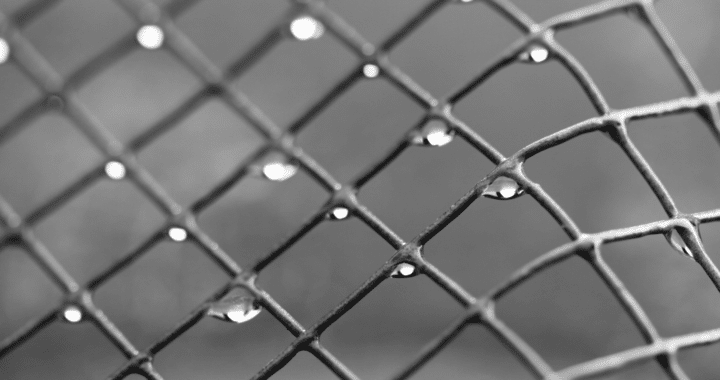With so many vehicles on the road nowadays and each one of them uses wire mesh in some capacity. There are a few important components that use screen wire mesh to filter vehicle fluids, reduce emissions, increase safety and enhance appeal. Here are just a few ways wire mesh helps you get from here to there.
Catalytic converters started being a requirement on vehicles in 1975 after the U.S. Environmental Protection Agency enacted stricter regulations on exhaust emissions. Wire mesh is at the very center of this part of the vehicle. A wire mesh substrate forms the core of a catalytic converter to provide a support structure and geometric surface area upon which the catalyst is applied. The idea is to create a structure that exposes the maximum surface area of catalyst to the exhaust stream while minimizing the amount of expensive catalyst required.
Metal Wire mesh is also used in catalytic converters for many other reasons:
- It withstands corrosion and erosion
- It remains durable at continuously high operating temperatures and through heat spikes
- It is resistant to very high vibrations
Metal Wire mesh is very commonly used in automotive filters in many ways:
- Radiator screens – These screens protect the radiator fins, which are easily damaged by road debris. Deformed fins create radiator hot spots, shortening component life.
- Oil pickup and strainer – The oil pickup is a tube extending from the oil pump to the bottom of the oil pan. At one end of the pickup tube is a strainer which has a wire mesh screen for straining large particles from the oil and is positioned so all oil entering the pump from the oil pan must flow through it.
- Transmission screens – This wire mesh filter removes particulates from the transmission fluid, keeping it out of the gear sets.
- Muffler vibration mounts, high frequency vibration dampers, vibration damping mounts and exhaust silencer packing are other steel wire mesh applications.




